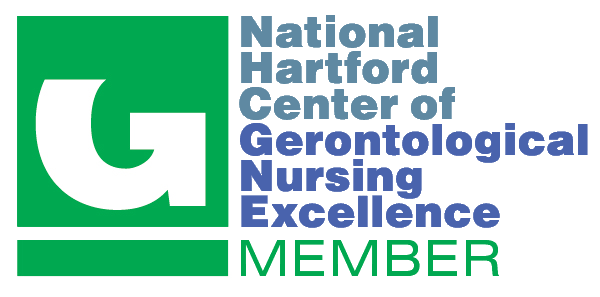PhD in Nursing Science Program
Shelley Swann Blankenship Thibeau
Relationships among Maternal Stress and Immune Components of Mothers' Milk
Dissertation under the direction of Professor Karen D'Apolito
Human milk is a biologically active fluid that provides immune protection for the developing infant. The levels of milk immune component's vary among women over time post delivery. Very little is known about the associations of maternal stressors with the levels of milk immune components, especially among populations with health disparities where little lactation research exists. Here in the U.S./ African American (AA) women report lower breastfeeding rates and their infants experience higher mortality rates compared to other populations. Therefore the purpose of this study was to explore the relationships of maternal stress with milk immune components from AA mothers of healthy term infants.
Maternal physical, psychological, and environmental stressors were measured using self report and medical record data. Milk samples collected on Day 3, 9, and 14 post-delivery were analyzed for ten milk immune components (secretory immunoglobulin A, epidermal growth factor, interleukins -4,- 6,- 8,- 10, tumor necrosis factor-alpha, interferon gamma induced protein-10, macrophage inflammatory protei1y1 alpha, monocyte chemotatic protein- I) and saliva collected on Day 9 post-delivery was analyzed for cortisol.
There was at least one statistically significant correlation of a maternal stressor with 9 of the 10 milk immune components. Most associations were observed on Day 3 and Day 9 post-delivery. Of the twelve maternal stressors, there were two or more significant correlations with a milk irmn une component observed in five of the stressors. There were no significant correlations among maternal stressors with salivary cortisol, nor of cortisol with milk immune components.
The shared variance among the significant relationships was frequently less than 10%; however, the directional changes 'in these immune components could potentially impact infant health. Therefore, further research is warranted-to explore these relationships.




